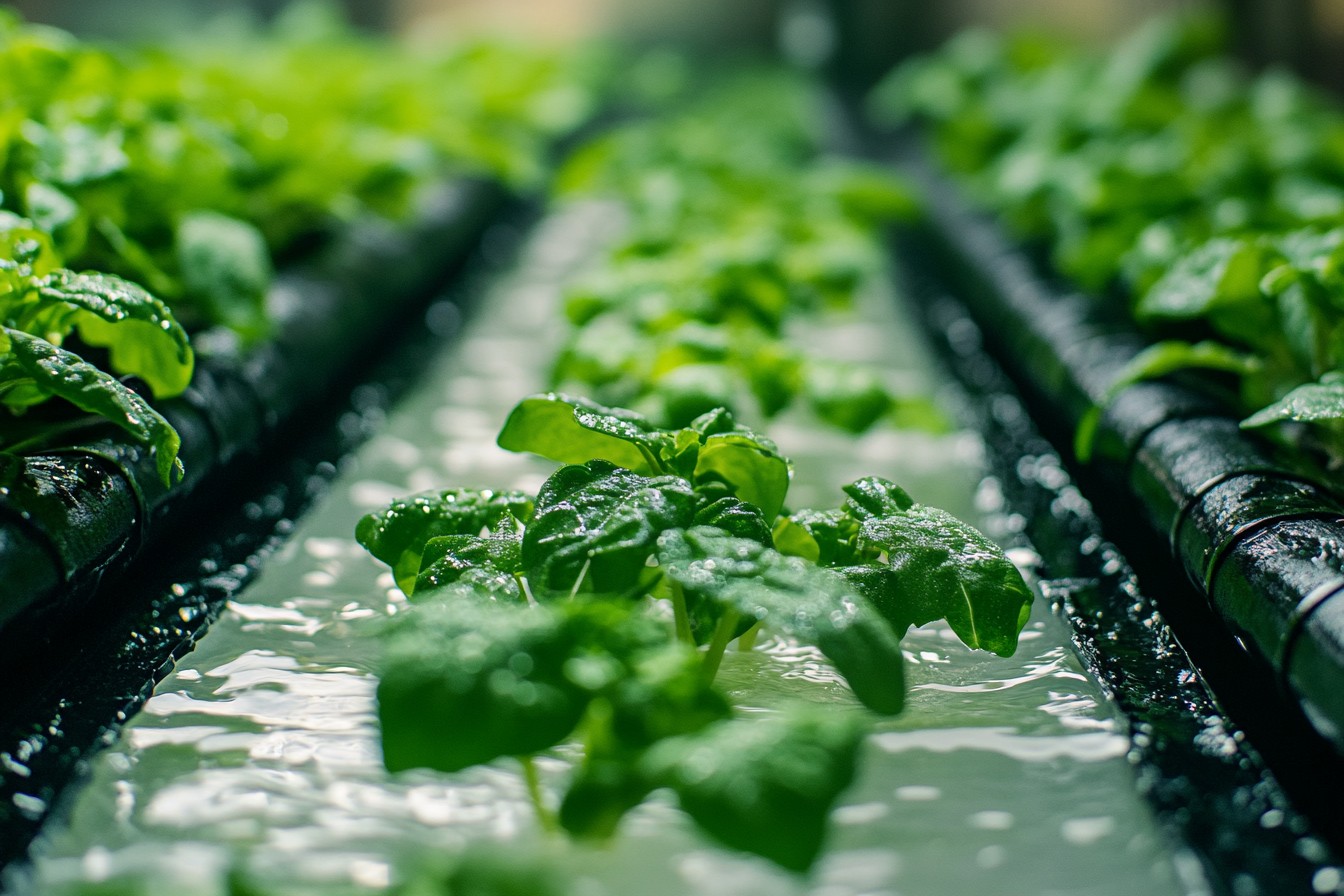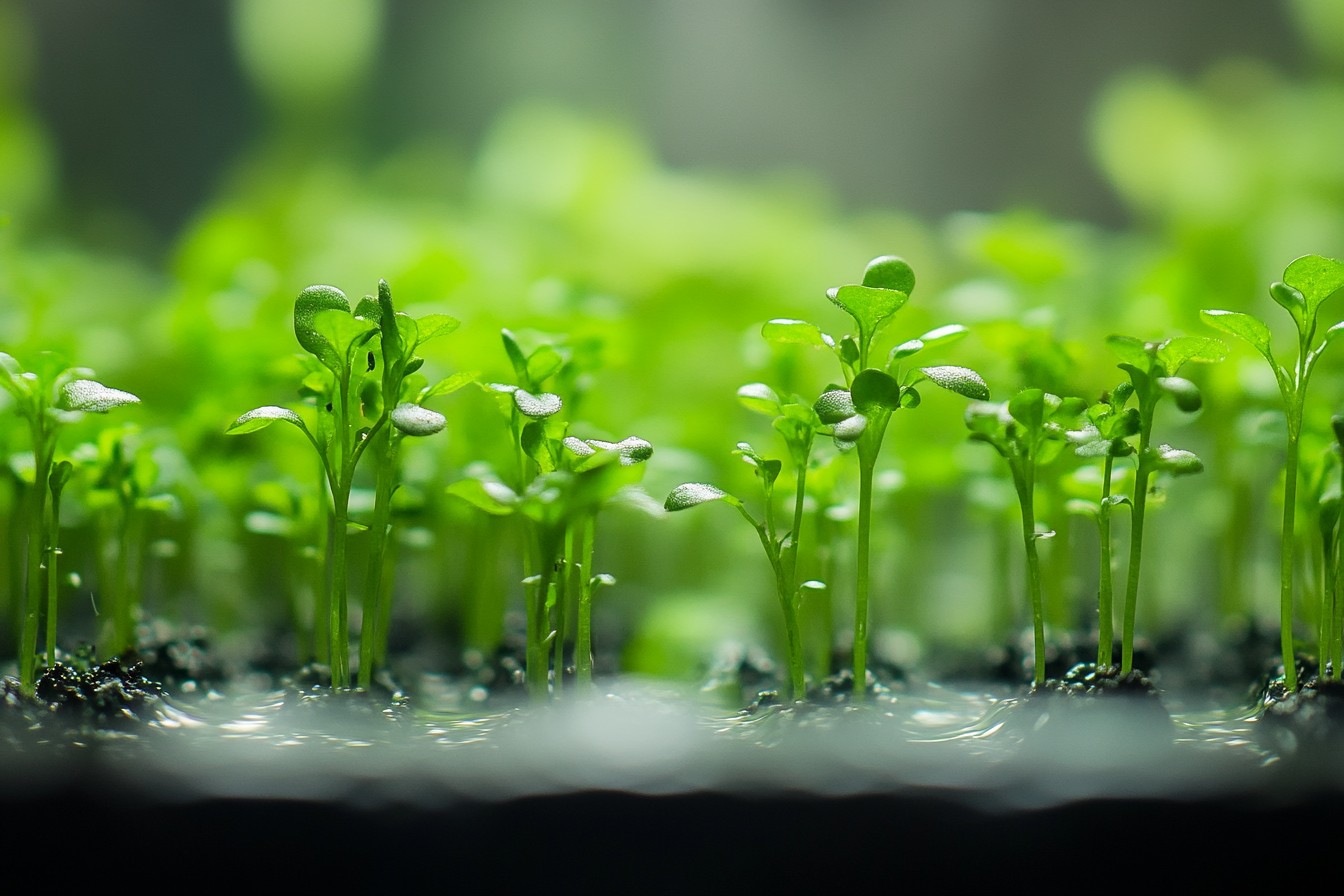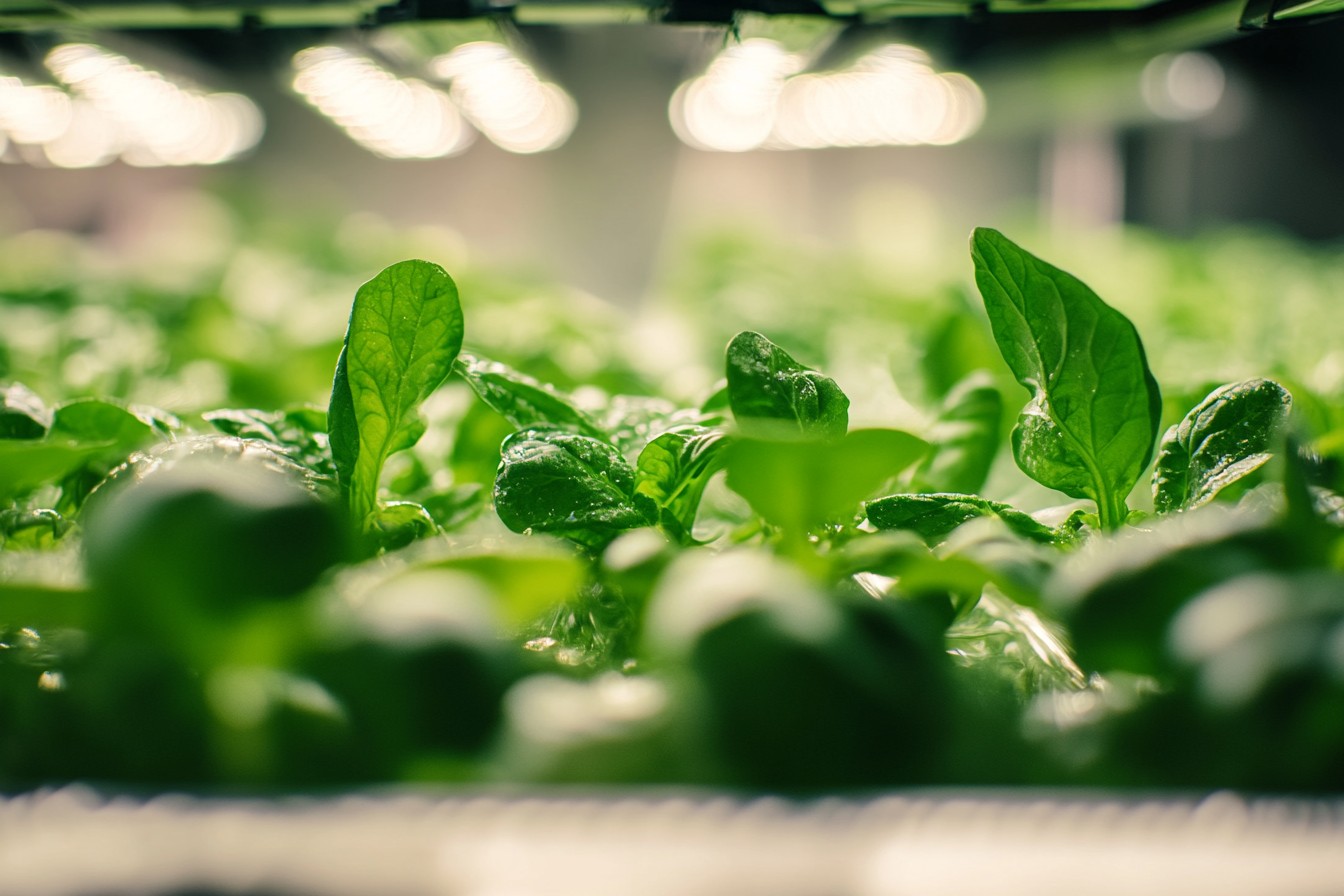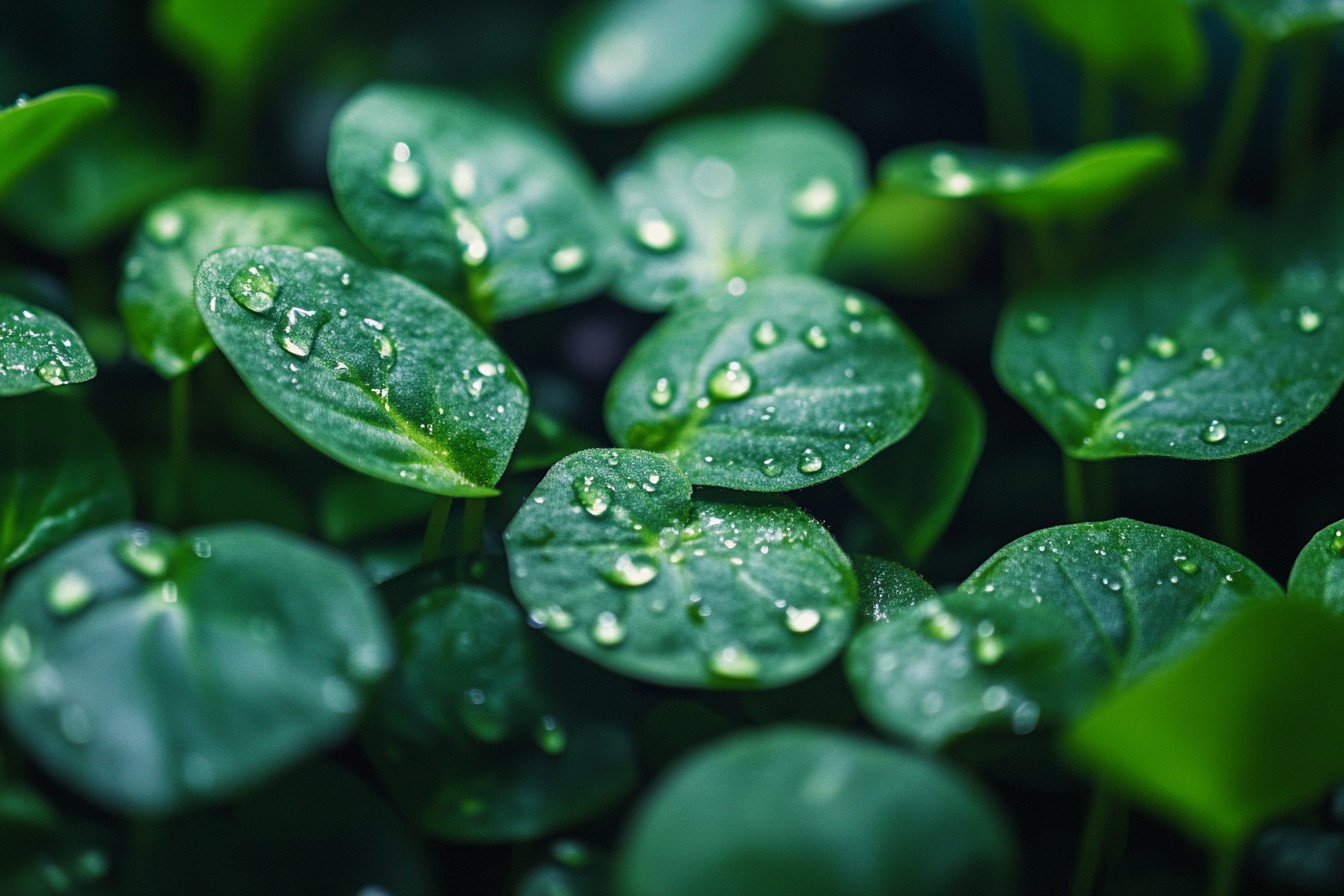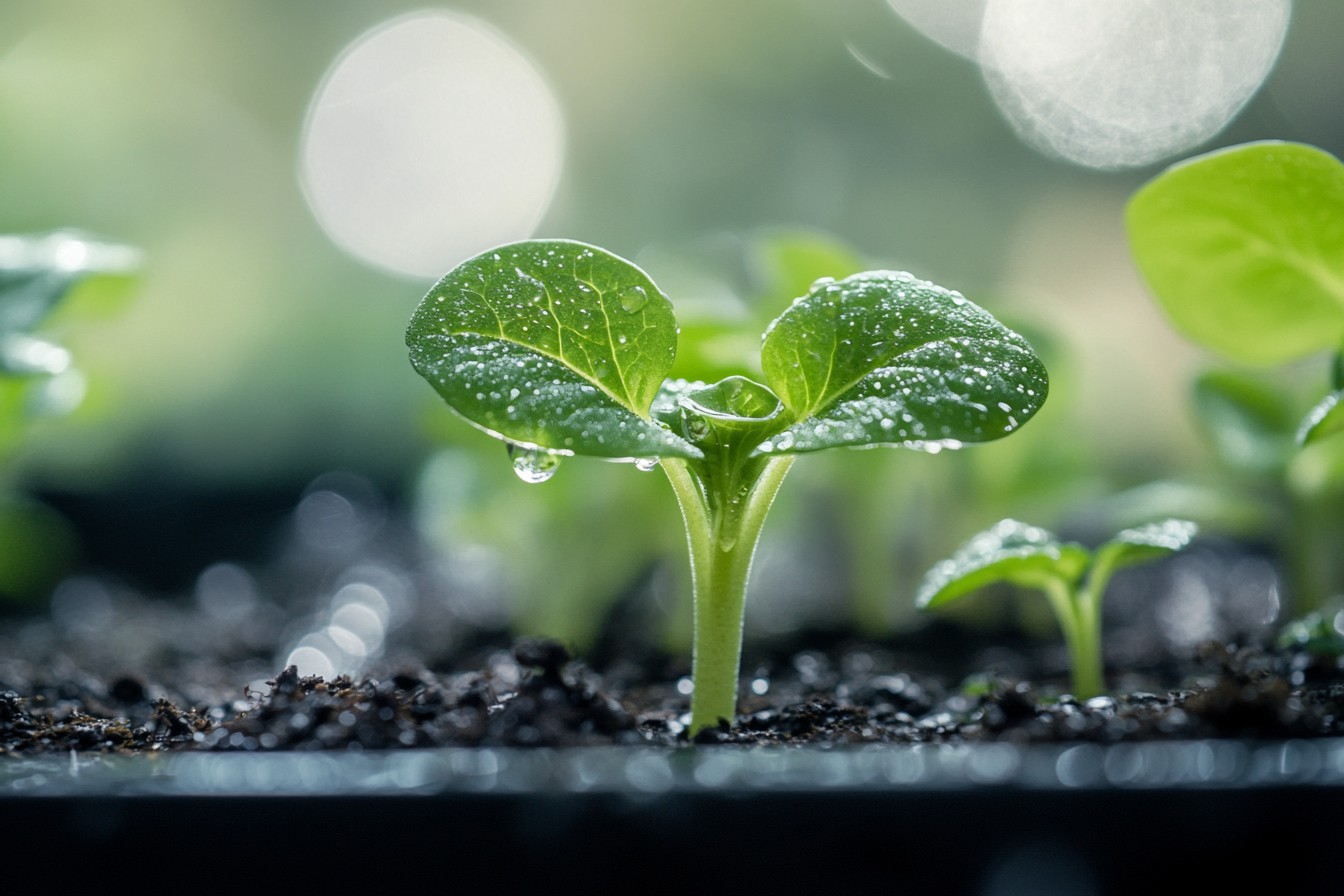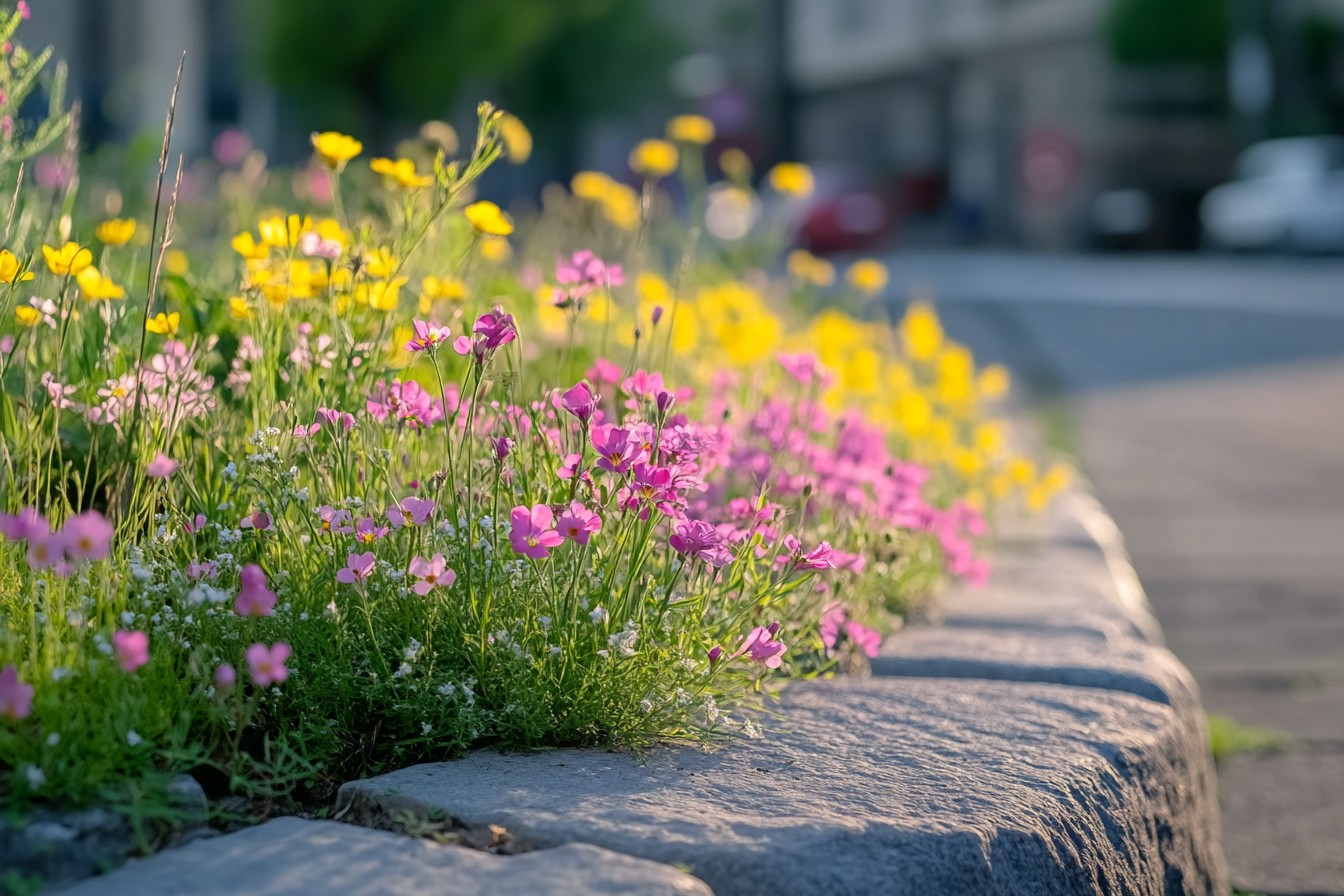No one warned me that I would miss the soil that clung beneath my finger nails. After fifteen years of traditional gardening—wrestling with the Illinois clay, amending soil with sufficient compost to form a mountain, and developing an almost “spiritual” bond with a particular garden trowel— I chose to make the leap into hydroponics. So clean and efficient, everything about growing without soil is year-round! Where do I sign up? But that shift from soil to water was akin to starting my gardening journey all over again, with breathtakingly spectacular failures, a whole slew of unexpected challenges, and with time, some true triumphs.
The change began innocently enough. I recalled staring longingly at seed catalogs in February and recalled how a particularly brutal winter had looking to skim through them a month earlier. I distinctly remember grappling with the 97 day wait until our last frost date. My dirt gardens wouldn’t yield until the end of May at best, and I was already grappling with withdrawal for not growing something edible. I had been reading about hydroponics for years, but I mentally filed it under “too complicated/expensive/technical.” I made the decision that winter, when all that was outside were dormant garden beds and with the grocery prices on the rise.
My first blunder arose from thinking my decade-plus experience with soil gardening would somehow translate to hydroponics. Spoiler alert – it didn’t. Sure, plants are still plants – they require light, nutrients, and support. But the mechanics of providing those in water vs soil? Entirely different ballgame. Like showing up for baseball practice with hockey equipment. While you might recognize the field, everything else is completely different.
Let’s talk about watering. In soil gardening, I cultivated an almost supernatural skill to know when a plant required water. A telltale hint of droop in the leaves, certain lightness of the pot when lifted, even the way the soil pulled away from the edge of the container. Worrying about drowning or under watering wasn’t the issue anymore; measuring electrical conductivity and obsessing over pH levels took that place. All my garden journals filled up with eloquent descriptions of rainfall patterns turned into what looked like the vitals of a small leafy hospital ward.
The most challenging mental shift came with the nutrition of the plants. With soil, I had grown accustomed to the rhythm of seasonal amendments: compost in the spring and fall, some liquid fertilizer during heavy fruiting, and a sprinkle of bone meal for the tomatoes. The soil was like an ecosystem in and of itself, forgiving blunders and nurturing growth as it buffered mistakes and released nutrients in a gradual manner. My hydroponic reservoir, in comparison, was brutally unforgiving of any nutritional missteps. For whatever reason, if there was an excess of particular nutrient, the plants would display symptoms of deficiency for another important nutrient within days. If the solution is not changed and let’s say in this scenario, lettuce is looked after, it will inevitably turn yellow.
Hydroponics 101, my very first deep water culture setup was just that: a culture. Here, plants sat suspended simultaneously in water and nutrient solution. I went for that design, as every step took it as granted that it was the easiest to construct and sustain. Well, within a single week I found myself confronted with: 1. Unpredictable pH drift that sent my meticulously balanced 5.8 pH solution creeping upwards towards plant-stressing levels each day, 2. A conductivity meter that kept switching from providing measurements that made sense, to giving downright absurd readings for the same solution. I’m pretty sure all the ghosts possessed by demons were in my electric conduction meter 3. And then there were the lettuce seedlings, which refused to develop proper roots and instead floated sadder than life on the thin top layer of solution that looked like purgatory for nutritional input. After what seemed like a never-ending saga of exquisite hydroponic perseverance comes several weeks, I finally managed to dial everything in and reach a breaking point of sanity that my beloved wife would collapse from my so called tantrums.
The pH still shifted but I had grown accustomed to my morning ritual of testing and sipping on my coffee which felt like meditating initially but soon became a soothing part of my day.
Watching the first harvest was unbelievably sentimental. After precisely thirty-seven days of putting the scraggly seedlings into my DIY system, I was able to cut a head of butter crunch lettuce that was grown on hydroponics and never even touched soil. It looked amazing—leaves unmarred by slugs, soil, or summer heat, and the bitter taste was absent. That evening, we prepared a splendidly ceremonial salad which my wife had to sit through every part of the growing process which she leisurely did.
I wish someone had told me some essentials before I started like how I began with my first success and slowly expanded from there. So, allow me to share what I learned along the journey of transitioning from soil to water-based growing and the things I wish knew when I started my first year using hydroponics.
First and foremost: begin on the smaller side, but have the option for scaling up when needed. Once my aspirations became apparent, my first 4-plant system was unusable. In the first year, I ended up building three different setups, each one larger than the last. Had I designed the first one with foresight into expansion, it would have saved me considerable time and money. Now I recommend selecting components such as reservoirs and lighting that can support double initial estimates, even when starting off with a modest system.
Second, do not underestimate the importance of lighting. In my experience with soil gardening, ‘sunny’ windows paired with basic shop lights were sufficient. Hydroponics, especially when considering year-round indoor growing, requires a dedicated sun in the form of lighting. My under-powered LED attempts produced depressed and slow-growing plants. Within three harvests, strategically investing on proper full-spectrum grow lights instead of LED’s gave me unprecedented growth and yield. Stop listening to the reviews claiming ‘blurple’ LED’s are sufficient because they are only good for growing lettuce and herbs.
Third, the origin of your water is highly important. For a number of years, our municipal tap water was adequate to sustain my gardening efforts. In hydroponics, that same water caused constant pH problems and nutrient lockout due to its high mineral content and chloramine treatment. After much frustration, I started either filtering my water or letting it sit for 24-48 hours before using it. Some dedicated hydroponic gardeners invest in reverse osmosis systems; I haven’t gone quite that far yet, but I understand the temptation.
Fourth, proper temperature control is important and often neglected. My outdoor garden dealt with temperature fluctuations naturally. In contrast, my indoor hydroponic system is kept in a spare room, where the temperature varies between the 60s and 80s. This wreaked havoc on nutrient uptake and dissolved oxygen levels. Adding a small heater to maintain the reservoir between 65-70°F made a world of difference for root health and growth rates.
Fifth, you’ll form a love-hate relationship with cleaning. Soil gardening came with a satisfying sort of mess—the dirt rinsed off eventually. Hydroponic systems require an obsessive level of clinical cleanliness. Every three weeks, I’d dismantle the entire system, scrub everything down, rinse copiously, and rebuild. Algae or root rot alongside nutrient imbalances that dismantle weeks of careful growing are terrible, but despairing over how long it takes to grow everything in perfect conditions is even worse. These cleaning sessions, during which I weirdly learned to enjoy as if they were resets provided to examine every piece, also don’t help.
Sixth, my soil garden had an entirely new approach when it came to fertilizers. My soil garden relied on organic fertilizers almost exclusively—compost, fish emulsion, bone meal, and a scoop or so of organic granular fertilizer every so often. It’s terrifying how many organic fertilizers is transformed into hydroponics nutrient solutions and the bacterial blooms that manages to choke roots of oxygen. Embracing specially formulated hydroponic nutrients and learning a new dialect comprised of macro and micronutrients became essential, earning the title of “mad scientist” on account of how I mixed solutions and later became an accepted household norm. On the rare occasion my kitchen counter would get astronomically cluttered, it would serve under the strict conditions of a bomb diffuser and transform into a chemistry lab filled with bottles overflowing with exactly measured liquids waiting to turned into lunches for supervillains.
Seventh, pest management changes completely. In the soil, I contended with squirrels, slugs, and one rather infrequent tomato hornworm. In hydroponics, especially indoors, I had different battles to face. Somehow, three floors up and inside a building, fungus gnats found my system. Then there were the tiny green aliens called aphids that just appeared. And powdery mildew was always lurking among the plants in the humid environment. The pests and treatments I used outdoors were not safe for a closed indoor system where we consumed the produce. I designed new strategies that incorporated sticky traps, beneficial insects, careful air circulation, and, on occasion, shop vacuums to combat infestation and literally suck aphids off affected plants. Not dignified, but surprisingly effective.
Eighth, timing and successional planting strategies grow in importance. In my soil garden, spring was the time to plant and fall was the time to harvest while nature dictated the timeframe. In hydroponics, the ability for year-round growth was great, but I faced the issue of having 12 heads of lettuce ready all at once without a plan to utilize them. I learned to stagger plantings every 7-10 days and plan the garden based on family eating habits to avoid relying too much on my desire to grow everything in the garden.
Ninth, some crops are just easier than others to grow hydroponically, and frequently, they are not the same as the ones that were simple in soil. Tomatoes, which had been my soil garden pride and joy, turned out to be hydroponic challenges needing trellising, pollination aid, and careful nutrient management through various growth stages. At the same time, the leafy greens that did poorly in my hot summer garden thrived in hydroponics year round. The potted herbs that had been difficult to manage sprang to life in the hydroponic system. My first-year advice: always begin with lettuces, herbs, and leafy greens before attempting fruiting plants. The fast achievement will keep you motivated during the learning curve.
In conclusion, and maybe most critically, join other hydroponic growers. It is so different from traditional gardening that having experienced guides makes a world of difference. I discovered an online forum dedicated to hydro growing, which served as my virtual garden club for my initial years in the system, providing guidance, troubleshooting, and support during my failures. Now, three years in and over the initial panic of why is the pH drifting and the roots rotting, my turn to give answers, urging newcomers with the wisdom that kept me going when I was ready in my frustration to drain my system and fill the containers with potting soil.
The move from soil to water was not instantaneous or easy. There were moments during the first year where I started questioning my sanity and whether the new growing methods were worth the hassle. It turned out that the hurdles were far more daunting than anticipated and all the failures occurring in plain sight instead of out of view added to the distress.
The visibility of achievements also provided equal gratification; roots spreading through crystal-clear water, astonishing growth rates, snowstorm harvests, and crops tasting as clean and bright as the systems they thrived in. My soil gardening days are not completely behind, after all, there is nothing more satisfying than tending to the earth and soil in spring, but hydroponics has shifted my growth calendar from seasonal to continuous, my relationship with the plants from abundant summers to constant, and the mystery to reality.
Should you find yourself standing at the edge of the hydroponics pool contemplating whether to dip your toe in or dive in headfirst, here is some advice I would give you – prepare to learn the art of gardening all over again, appreciate it’s a science and a precision, start small but set your goals to sky-high, and get ready for astonishing failures as well as astonishing successes. The water’s fine after you learn to swim in it. And yes, you might even, at some point, miss the dirt under your nails, but not really when your harvests throughout the year outshine everything else.

